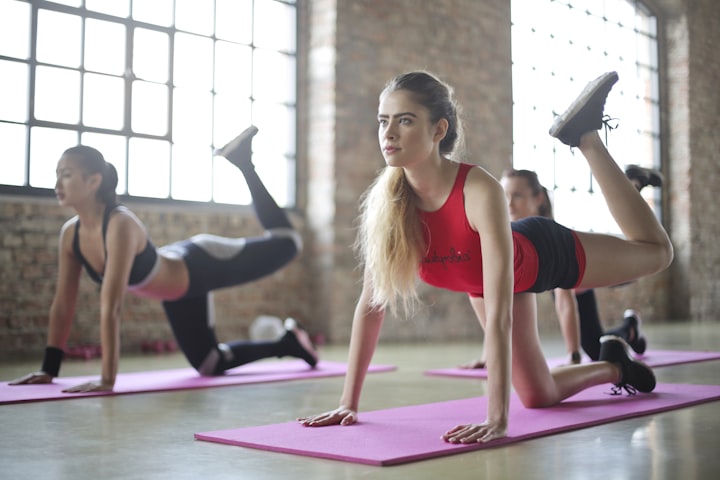
There are various styles of gentle gymnastics, excellent for the heart, preventing muscle wasting, flexibility, and maintaining balance. You can also practice several to combine the benefits.
Gymnastics, whether classic gentle gymnastics, Pilates, stretching, aquagym, or other postural balls, are all suitable for keeping in shape, regardless of age. In particular, they promote good heart function. "They stimulate the heart because they increase the heart rate by causing moderate shortness of breath," says Professor François Carré, cardiologist and sports doctor at the Rennes University Hospital. The heart, like any muscle, needs to work regularly to stay healthy. Pilates, yoga, or tai-chi are disciplines that can also act on cardiac coherence. By controlling their breathing during gymnastic movements, people manage to regulate their heart rate, with the key, being positive action on stress and blood pressure. Another important benefit: the gym gives the possibility of building muscle without using a device, with only the weight of the body. The alternation of contractions and relaxations strengthens the muscles used. "The stimulation of muscle fibers sends signals towards the nucleus of cells which release myokines, proteins which pass into the blood and are known for their anti-inflammatory, antioxidant and protective properties of the immune system", specifies Professor François Square.
Overcome muscle wasting
Muscle strengthening is all the more important when during a session of an hour or an hour and a half, several muscle chains are working at the same time. “Solicitation of the quadriceps, the muscles located at the front of the thighs, is particularly interesting, adds Professor Martine Duclos, head of the sports medicine department at Clermont-Ferrand University Hospital. Indeed, these are muscles that melt very quickly if you do not use them. The series of squats offered in some gym sessions, which consist of bending the legs as if we were going to sit down and then straightening up, is excellent for strengthening the quadriceps, which are little used in our very sedentary lifestyles. From the age of 45, strengthening and sheathing become essential to compensate for muscle wasting.
Gain flexibility
Yoga, tai chi, qi gong, or even stretching can also improve flexibility. Muscles stretch and then contract more easily in everyday actions. "On the other hand, when the muscles at the back of the thighs, the hamstrings, are stiff, back pain can appear", explains Professor François Carré. Being flexible allows you to perform many movements of daily life without brutality and therefore without the risk of hurting yourself. These different gymnastics also improve proprioception, that is to say, the ability to feel our body in space, to anticipate falls by discerning an obstacle under the foot for example. By regularly proposing exercises in support on one foot, or by rising on the toes to stay there for several breaths, gymnastics improves balance (by working on the oculo-vestibular system, at the level of the inner ear) and prevents the risk of falling. "Before the age of 65, it is recommended to work on cardiac endurance and muscle strengthening, to which must be added, beyond the age of 65, balance exercises", summarizes the cardiologist. Finally, moving and exercising activate the release of several happiness hormones, such as dopamine and serotonin, providing a feeling of relaxation and well-being at the end of a session, all physical activities combined.
Contrary to popular belief, you can start gymnastics at any age. You don't have to be flexible to get started. In the beginning, you have to go slowly, of course, by not making all the movements, breathing deeply, and choosing coaches or teachers who are attentive to everyone and capable of helping, correcting, and encouraging each person present, depending on its characteristics. Even in a group lesson, a good professional keeps an eye on each person. "On a scale of 0 to 10, 0 corresponding to the absence of pain and 10 to very intense pain, you have to work on the first sessions for a result close to 5 to 7", recommends Professor François Carré. The first classes should be at 5, then we alternate a slightly more intense session, at 6, then training at 5 before going up to 7. As this specialist points out, pain is not useful for progress. It is advisable to leave the room with good fatigue, but without being exhausted.





Comments
There are no comments for this story
Be the first to respond and start the conversation.